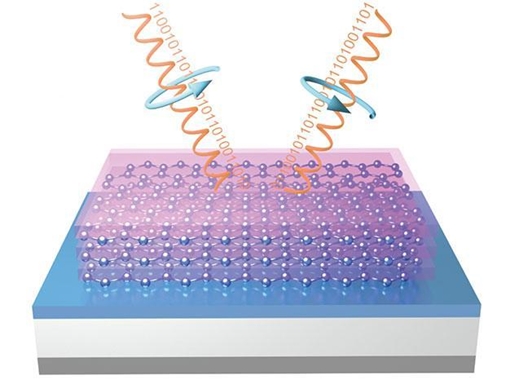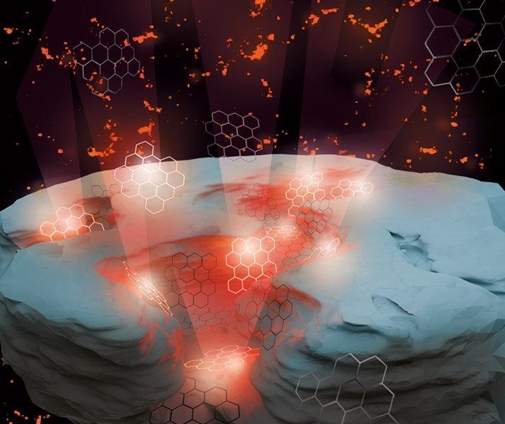|
NOVIDADES
A surprising application of graphene is its use in photodetectors. Light detection capabilities of graphene are inherently limited because a single sheet of the material absorbs only ~2.3% of light across the visible part of the spectrum. Such high transparency is desired for applications such as transparent conductors, however detecting light requires strong absorption. Nevertheless, the frequency-independent absorption of graphene coupled with extremely high carrier mobility peaked the interest of optics researchers, who found that interfacing graphene with strong light-absorbing materials can result in excellent practical photodetectors that surpass the capabilities of competing materials. A particularly interesting direction of research is the use of hybrid graphene-quantum dot photodetectors as broadband image sensors for CMOS cameras. These fab-compatible devices have very high responsivity, on the order of 107 A/W and operate in both the visible and short-wave infrared parts of the spectrum (300-2,000 nm). The response times are fast enough (0.1-1 ms) for use in infrared cameras. What is perhaps the most interesting about this device is that it is a CMOS integrated circuit, similar to those used for commercial image sensors in digital cameras, commonly used in smartphones.  Light interacting with graphene. Illustration: EPFL.
Beyond the speeds of today’s electronics, THz is the next frontier. Here graphene can also play a pivotal role, due to the large carrier mobility in the material. Graphene THz detectors are so sensitive that they have a promising use in detecting signals from space in astronomy applications. In THz circuitry, graphene has also been used as an optical isolator, a device akin to electronic diodes. This is effectively a filter that will find its use in optical circuits of the future. Finally, there have been several embodiments of graphene-based THz modulators for ultrafast optical communication. Other than for light detection, graphene can be used in light-emitting devices as well. An archetypal usage of graphene in such devices is as a transparent electrode. Transparent conductor applications are certainly an exciting application of graphene, because of its high transparency and extremely large carrier mobility. For example, graphene has been used as an electrode in organic light emitting diodes (OLEDs) which compose many of today’s screens and monitors. Another use, again enabled by graphene’s unusual electronic properties, is electrical control of light emission from molecules, with potential applications in optoelectronics.  Graphene nanoparticles enhance resolution for biological imaging. Illustration: MPI-P
The light absorption properties of graphene inherently depend on electrical properties, such as the Fermi level or doping. High-performance photonic applications require uniform mechanical and electrical properties on a wafer scale, putting stringent demands on graphene fabrication and processing. Thus large-scale graphene products with a high homogeneity, such as our new highly flat monolayer product, are a must for acceptance by the opto-electronics industry. Graphenea. Posted: Dec 05, 2019. |
|||||||||||||||||||||||||